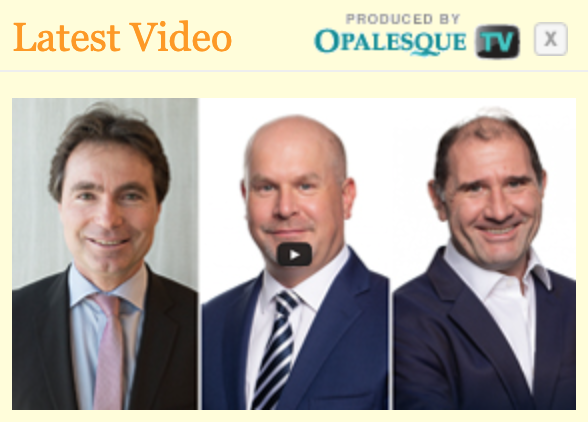|

By Opalesque Geneva: This trade finance fund manager's flagship fund has had no down year since its inception in 2018. Part of its edge lies in ever-greater scalability, thanks to digitisation and AI.
Singapore-based TradeFlow Capital Management manages the USD Trade Flow Fund and other share classes. The fund follows a non-credit lending strategy, with a focus on SMEs' trade flows, Shariah compliance, integrated ESG principles, and full use of insurance.
Like an alternative to fixed-income, but with massive diversification
Investors choose to invest in the Trade Flow Fund because the return profile of the strategy is akin to that of an alternative to fixed income. This is with the added benefit of massive diversification from traditional assets. Indeed, in the last seven years, the fund has made $3.5bn in transactions, onboarded almost 2,000 SME counterparties from over 18 countries and invested in over 35 different types of commodities.
"We are completely diversified from equities and normal fixed income," co-founder Dr Tom James said during a recent Opalesque TV interview. "We're not even sensitive to interest rates on the downside. Because of our focus on the SME sector, we're finding no pressure to bring rates down as we start to see an easing of rates, both by the Federal Reserve and also the ECB."
The fund does not lend money but owns the traded commodity during shipment and storage, and tracks cargo live. This has allowed it to avoid defaults and manage risk well. It received a rating of BBB in 2021, which was upgraded to A- two years later. "That's because of the systematic approach and the digitized approach," Dr James adds. "We have very strict policies and procedures, and through the over-collateralization model and ownership model, we've been able to get through COVID, which was an unprecedented situation for all markets, not just commodities."
The push and pull of digital currencies
The fund started using cryptocurrency investments due to push and pull factors. A lot of its investors were holding cryptocurrency and looking to place them in a non-volatile environment. "And then equally, we noticed in some of the regions where the fund is engaging with SME enterprises that there are some hard currency liquidity issues among the physical currency," co-founder John Collis explains. "For instance, in some countries, even though the counterpart in the SME may have good money, the banks in those countries can't get hold of the currency, whether it be dollars or euros. However, if they can do the transaction using stablecoins, which are pegged one-to-one with the fiat currency, that becomes a very useful alternative to enable these SMEs to do business and get paid and pay us."
The expanding role of digitisation and AI
The biggest problem that trade finance has been facing is scalability. Many traditional and alternative lenders normally maintain client credit relationships and this involves a lot of people. So, trade finance funds would reach a glass ceiling of about $200-300 million.
TradeFlow undertook the priority task of creating a scalable solution as a fund manager. And the solution was to digitise. The co-founders spent two years building enough technology to get started before the launch of the flagship.
At the time, digitalisation within trade was moving forward very slowly. Then, in 2020, during the COVID-19 pandemic, the carriers could no longer deliver the paperwork (insurance documents, certificates of origin, etc.) critical to allow the offloading of cargo shipments. Shipping companies, port operators, logistics companies, and trucking operators started digitising their documentation.
"So, the amount of data that's out there has massively increased," says Dr James. "This is brilliant for our business model and strategy because that's what we need. That now means that, thanks to digitization around the world, our strategy is getting more and more scalable on a weekly and monthly basis."
TradeFlow is also moving forward with artificial intelligence (AI). The AI they used from the beginning enabled them to read documents, extract information and weigh in investments. Now, they are looking into AI to eventually drive decision-making. "It's called AI agents where they have reasoning, etc., and can actually perform basic tasks. So technology and digitization are all heading in the perfect direction to allow us to scale like trade finance has not been able to scale in the past."
You can watch the full interview on Opalesque TV here.

Related article:
24.Mar.2025 Opalesque Exclusive: Trade finance to remain a low-risk investment
Icon by Uniconlabs
|